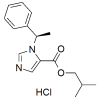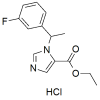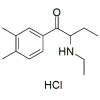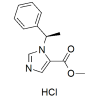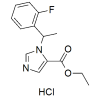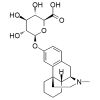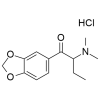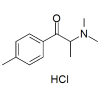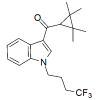Chemtos Catalog
The search bar on top is very effective in searching for compounds by name or CAS number. But please note that most of the stable labeled reference standards were custom-synthesized and some may not have a CAS number.
This web catalog is not set up for online purchases. In order to place order for a reference standard, please either use the request information form at any of the product listing, quote request form, email (
Products currently covered by valid patents are offered for R&D use under research exemption in accordance with (i) 35 USC 271(e)+A13(1) in the U.S.; (ii) Section 69.1 of Japanese Patent Law in Japan; (iii) Section 11, No. 2 of the German Patent Act of 1981 in Germany; (iv) Section 60, Paragraph 5b of the U.K. Patents Act of 1977 in the U.K.; (v) Sections 55.2(1) and 55.2(6) and other common law exemptions of Canadian patent law in Canada; (vi) Section 68B of the Patents Act of 1953 in New Zealand; (vii) such related legislation and/or case law as may be or become applicable in the aforementioned countries; and (viii) such similar laws and rules as may apply in various other countries. Any patent infringement issue and resulting liability is solely at buyer’s risk.
We now have a number of reference standards available as solution in flame sealed vials. The potency for each was independently confirmed using 500 MHz quantitative proton NMR (Q-NMR) analysis - this technique detects and determines concentration (in mg/mL) of the active component in the solution in a completely independent and accurate process. This is so because the detector response (NMR integral intensity) is identical whether it be a major component or an impurity. Most other analytical techniques suffer from a major problem that detection response for distinct molecules can be different. Hence, we claim that our analytical reference standard solutions have the most accurate potency values and will provide more accurate values in your assays compared to when our competitor reference solutions are used. We have put in significant effort in minimizing error in our custom Q-NMR methods. The largest error was from weighing uncertainty, which has been significantly minimized by environmental controls and use of average from three weighings. Long NMR recycle delays are used to ensure complete recovery of magnetization between subsequently scans and significant effort has been devoted to ensure narrow and symmetric line shapes than enable accurate determination of integral values.

